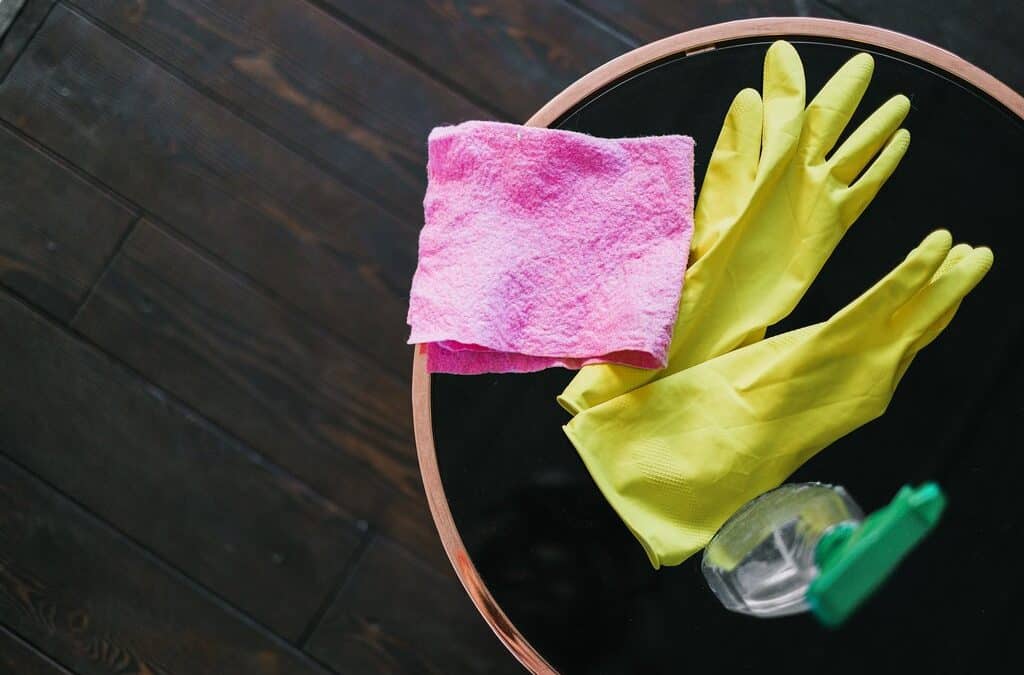Depending on the nature of your facility, traditional methods of cleaning may not be effective or available to you. Perhaps your facility is large enough to make traditional cleaning and disinfecting processes impractical. Or maybe, the equipment you use requires a different approach to cleaning. Fortunately, there are other untraditional methods that have proven to be effective. Read on to learn more about the best alternative disinfection methods for your facility.
Or, leave the task up to our team at 360clean! Our teams provides professional cleaning services using a specialized method that delivers results you can always count on. To learn more about our cleaning services, contact us today for a free quote.
1. Dry-Heat Sterilizers
A dry-heat sterilizer is ideal for use on instruments that could be damaged or resistant to moist heat. These could include pointed and sharp instruments, various powders, and petroleum-based products. Dry-heat sterilization is advantageous due to its non-toxic nature, easy installation, and low operating costs. It is also non-corrosive, so you don’t need to worry about damaging any of your expensive metal instruments.
Despite its advantages, dry-heat sterilization does come with a few caveats. For one, it is incredibly time-consuming due to the slow rate of heat penetration. Additionally, its high temperatures could prove destructive to certain materials. When using dry-heat sterilization as a disinfecting method, it is best to have the process overseen by an expert.
Types of Dry-Heat Sterilizers
Dry-heat sterilizers are available in two types: static-air and forced-air. Static-air devices contain heating coils that allow hot air to rise inside the unit. They are usually slow to heat and require more time to reach the optimal temperature. This makes their temperature control less precise than forced-air units.
On the other hand, forced-air sterilizers feature an internal blower that operates at a high velocity to fill the chamber with circulating heat. This allows the air to get to the instruments at a more rapid pace than its static-air counterpart.
2. Ionizing Radiation
Ionizing radiation is a sterilization method primarily used for medical products. Its low-temperature operation makes it ideal for cleaning a variety of medical and pharmaceutical devices. Unfortunately, the FDA has not cleared ionizing radiation for use in healthcare facilities. However, the CDC has deemed it suitable for sterilizing larger facilities.
Ionizing radiation is powerful enough to remove electrons from atoms and molecules. The most common example is an X-ray, though this specific method would, of course, not be used for sterilization.
Ionizing radiation can easily eliminate germs and other destructive organisms, ensuring that equipment such as syringes and surgical gloves are safe to use. According to the International Atomic Energy Agency (IAEA), over 40% of all single-use medical devices across the world are sterilized using this type of radiation.
3. Liquid Chemicals
The process of liquid chemical sterilization is twofold. First, a liquid chemical germicide (LCG) is implemented. Afterward, all coated devices are rinsed with water to remove any remaining chemicals. This is ideal for heat-sensitive devices or devices that are incompatible with other sterilization methods. However, liquid chemical sterilization is not without its limitations.
The primary limitation of liquid chemical sterilization is that the rinse water itself is not sterile. The FDA points out that devices rinsed with rinse water are not guaranteed to be sterile. Additionally, devices cannot be wrapped while they are being sterilized. Unfortunately, this means there is no way to ensure they remain sterile throughout the process.
4. UV Radiation
Ultraviolet (UV) radiation is capable of disinfecting air, water, and various nonporous surfaces. Throughout the years, UV radiation has been so effective at destroying germs and viruses that UV lamps are referred to as “germicidal lamps.” According to the FDA, UV radiation is capable of destroying the outer protein coating of the SARS-Coronavirus, which is different than SARS-CoV-2. While it may be capable of doing something similar to the latter, this has not been confirmed by the FDA.
Hire a Professional with Proven Methods
Do you need to clean your facility in accordance with proven methods? If so, the best route is to hire a professional with a proven track record of success. At 360clean, our methods are ideal for a number of facilities. Whether you are operating in a medical office, bank, church, daycare, or other facility, our specialized approach to commercial cleaning is sure to leave your facility clean and safe for your customers and employees. To learn more, contact us today for a free estimate.

